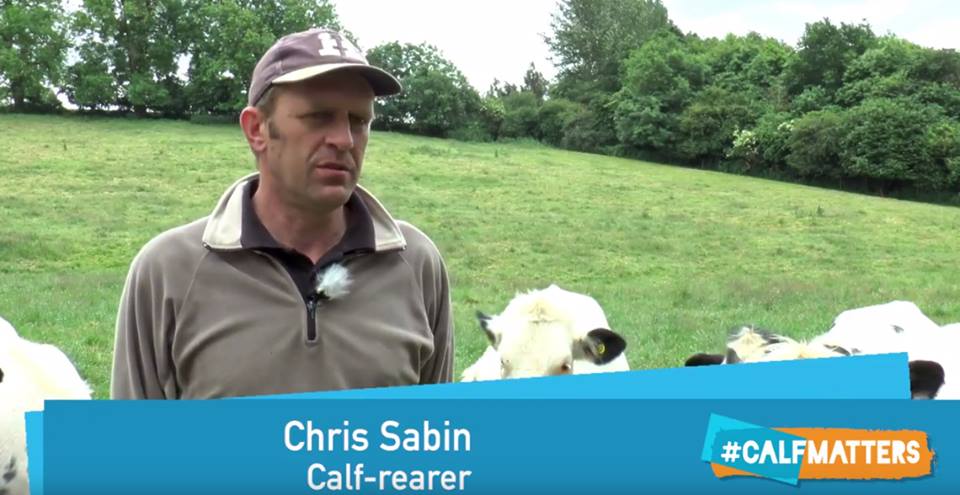Calf pneumonia vaccination top tips

Over 3 million calves are born in the UK every year1 and over 2 million calves in Ireland every year2, but unfortunately far too many fail to reach adulthood because of disease. The incidence rate of calf pneumonia is approximately 20%2.
Calf pneumonia is the greatest single cause of morbidity and mortality in cattle in Ireland, responsible for 32% of deaths in this age group3. Hence, it is a cause of major economic loss for the cattle industry.
At a farm level these costs are in the region of €49 per dairy calf and €93 per suckler calf.4 So what makes up these costs? Surprisingly, only 40% is represented by vets’ fees and medicines, the remaining 60% results primarily from mortality, reduced growth rates and reduced lifetime performance.
Benefits of Vaccination
Vaccination against calf pneumonia in young and growing animals is a cost-effective method when implemented as part of an overall pneumonia control plan which addresses other environmental and management factors that contribute to the spread of the disease. Selecting a vaccine which contains relevant viruses and bacteria and observing best practice when using vaccines will optimise the protection they provide.
A recent study showed that the use of vaccines is associated with higher eight-month heifer weights. On farms where all heifers were vaccinated for pneumonia, calves reached an average of 274 kg, approximately 47 kg more than those that were not vaccinated.3
Meet Chris, a calf rearer, to learn why he vaccinates on his family farm click here
7 Vaccination Top Tips
Vaccine selection:
A vaccine protocol should be developed with a vet and take in to account the specific features and risks of the production system, history of disease and diagnostic test results.
Calf health status:
Resilience to disease and vaccine efficacy will be maximised if animals are healthy and receiving good nutrition. Cold and stress can have a major impact in young calves. Sick animals should not be vaccinated.
Storage and handling:
Ensure vaccines are stored and handled according to the instructions on the package insert and that refrigerators are operating at the correct temperature.
Timing:
Follow the protocol given in the product datasheet, ensuring that the correct interval between vaccines in the primary course and subsequent boosters is observed. Whenever possible, time vaccination to ensure immunity has developed ahead of high risk periods such as housing.
Accurate dosing:
Use an appropriate injector and calibrate equipment before use to ensure that the correct dose is being delivered to each animal; under-dosing will affect the efficacy of vaccines.
Correct administration:
Ensure the correct route of administration is used (intramuscular or subcutaneous) according to the manufacturer’s instructions.
Housing and management:
Assessing and addressing issues such as air quality, excessive moisture and humidity, overcrowding, and mixing of ages/groups is key to pneumonia control, and enables vaccines to work effectively.
What is #CALFMATTERS?
#CALFMATTERS is an educational program from Boehringer Ingelheim Animal Health promoting best practice in calf rearing to farmers through their vet.
Follow #CALFMATTERS on Facebook, Twitter or Instagram.
To read more on calf pneumonia and the costs of an outbreak on your farm click here.
- 1 Irish Department of Agriculture, Food and the Marine (2016) AIM Bovine Statistics Report 2016
- 2 Atkinson, 0. (2016) Welsh Dairy Heifer Report. Hybu Cig Cymru
- 3 All Island Disease Report 2015, AFBI/DAFM Veterinary Laboratories
- 4 Andrews AH (2000) Calf Pneumonia Costs! Cattle Practice 8(2)
